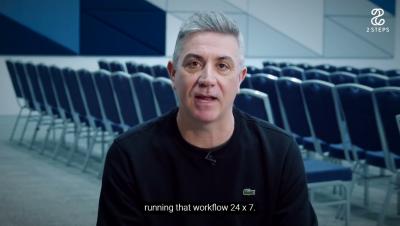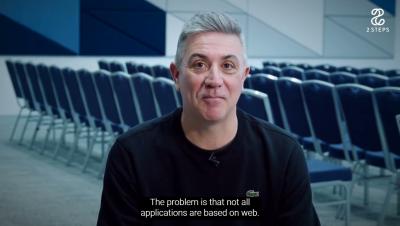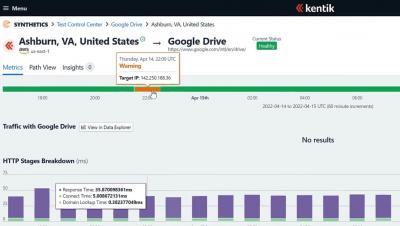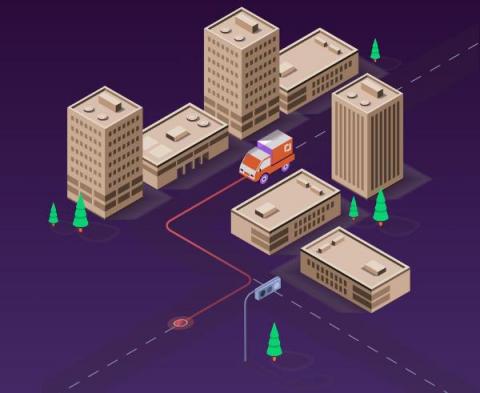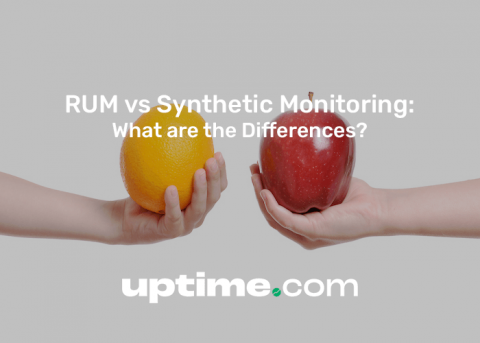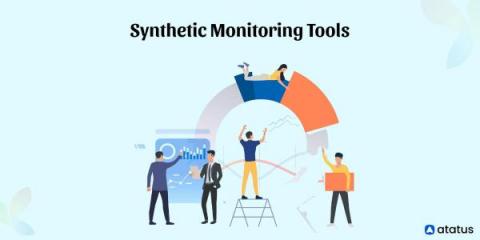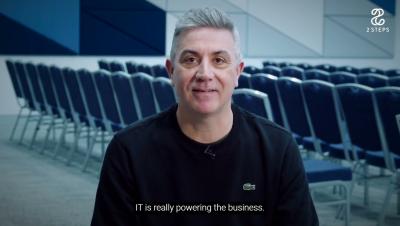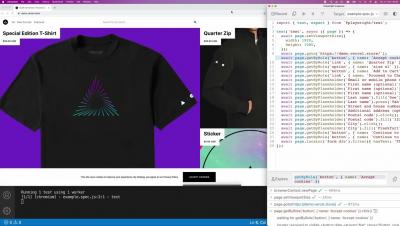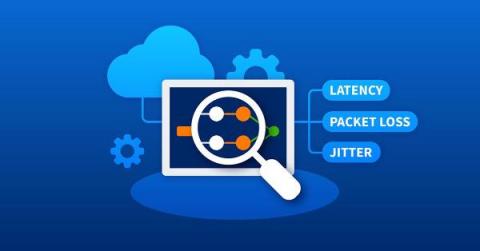Operations | Monitoring | ITSM | DevOps | Cloud
Synthetics
What are some traditional challenges of synthetic testing?
Kentik Synthetics in 20 Seconds
How Locus Decreased Customer-Reported Issues by 95% With Synthetic Monitoring from Checkly
Learn how Locus uses advanced synthetic monitoring from Checkly to ensure the reliability of its Dispatch Management Platform Locus.sh is a leading-edge technology company solving one of the most challenging global supply chain problems: last-mile logistics. Locus' order-to-delivery dispatch management platform helps enterprises transform their last-mile logistics operations into growth centers.
Real User Monitoring (RUM) vs Synthetic Monitoring: What Are the Differences?
Three seconds is a very important number for website owners. They know that 50% of visitors will leave their website if it doesn’t load in that time. Website developers spend a lot of time optimizing and refactoring code so that it runs more quickly and provides a better user experience. User experience is something that monitoring only uptime won’t tell you. A website might be up, but if it takes 10 seconds to load, customers will bounce.
Top 9 Synthetic Monitoring Tools in 2023
In both the corporate and personal areas, a significant portion of daily life is spent glued to screens in an era where digital transformation is widespread. We engage with many digital services, apps, and websites daily. During these digital encounters, we occasionally encounter websites with slow-loading pages or 404/server error messages.
What CIOs Need to Know About Digital Experience Monitoring
Many enterprises are taking a customer-centric approach to meet customer demands more efficiently and upscale their businesses. However, several siloed communication and workflows within these organisations often make it challenging to achieve the desired experiences for customers. Additionally, the initiatives adopted by the enterprises usually don't provide an extensive understanding of the end users' experiences. The market's answer to this problem is monitoring software. Enter digital experience monitoring.
Using Playwright and Checkly to create an ecommerce synthetic monitoring check (no audio)
Using Kentik Synthetics for Your Cloud Monitoring Needs
The final post of a three-part guide to assuring performance and availability of critical cloud services across public and hybrid clouds and the internet Kentik Synthetics adds integrated, autonomous, pervasive performance test telemetry to our market-leading network traffic analytics and observability platform, the Kentik Network Observability Platform. For modern clouds, proactive synthetic monitoring can no longer be delivered as a standalone tool.


